With the vintage 70s flair of their trademark packaging, SugarTop Buddery has earned a reputation as one of Oregon’s most stylish brands—so much so that if you pull up to their corrugated steel headquarters in an industrial corridor on the outskirts of Eugene, you might wonder if you got the right address. But if you come from the town’s legacy community—which referred to the street as “grower’s row” long before legalization—the location is a clear indicator of community roots, much like the words “Eugene Oregon Grown” splashed on the sides of their pre-roll pack. An indicator, if you will, that SugarTop’s style comes with plenty of substance.
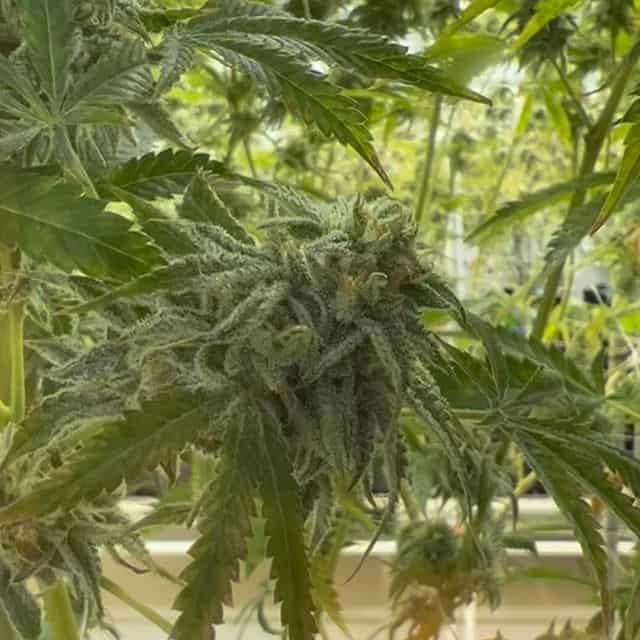
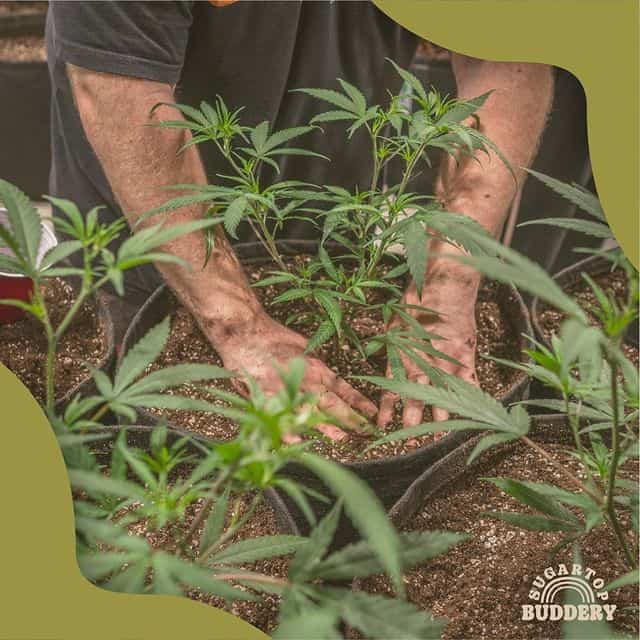
Sugartop Buddery was founded in 2016 by brother-sister duo Jarrod and Anna Kaplan, who both see the company as a natural extension of their creative personalities.
“Cannabis is a plant that elevates ideas,” Anna tells me. As an oil painter, the power of the plant always took her art to the next level, just as it has inspired her brother’s music. In celebration of that creative energy, they make a point of putting art at the center of the brand, even inviting musicians to serenade their buds every harvest cycle.
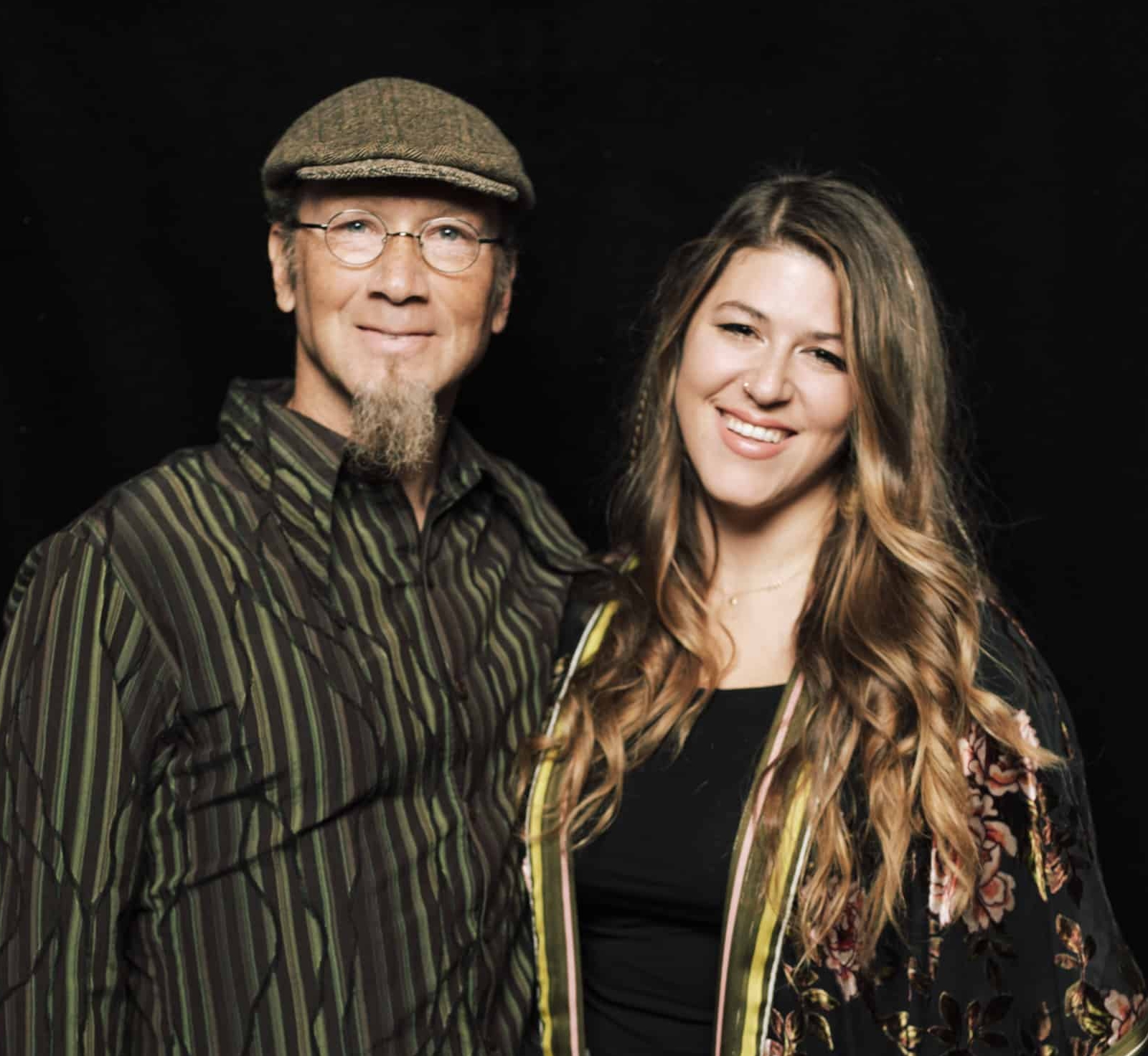

But these seasonal serenades aren’t the only music SugarTop buds are treated to, as I discovered when Kaplan brought me to the grow room. There, head grower Mark McGowan was crooning tunes to his plants beneath the amber gleam of the grow lights. When he noticed our arrival, the recent hire grinned sheepishly before assuring us that it’s all part of the process. His enthusiasm was infectious as he gushed over the plum opportunity to bring his green thumb (and musical numbers) to SugarTop’s most beloved strains, Lod Dodi and Narnia. “I’m also excited to bring new strains in—in the craft cannabis realm, farmers are like chefs, and it’s all about trying out new, fun strains.”
“We have the core values, which is music, art, love or community integrity, and that’s just aligned with everything we do,” Kaplan says. “Just like art and music, passing around a joint brings people together.”
Their commitment to community was worked into the business model from the beginning, when their marketing plan consisted of attending local concerts and gallery openings and passing out SugarTop stickers.
The strategy and visuals were appealing to the people of Eugene, which Kaplan jokingly describes as the place where “the Grateful Dead tour bus stopped, and everyone got off and never left.” As the children of an old school toking tie-dye seller, they come by the vintage aesthetic honestly. “My dad was our first cannabis proponent, if you will,” she says with a laugh. “When he would walk around in the 70s looking for grass, he would say, ‘Does anybody have any good smoke?” As an homage to their father, they decided to name their bread and butter line of pre-rolls “Good Smoke,” and gave the packs a glammed-up version of the Lucky Strike design that was so popular in the 60s and 70s.
“With those vintage visuals and colors, we’re just trying to take everyone back to the place of just peace, love, community—just the good vibes of a time before tech and all the chaos that is the contemporary world,” says Kaplan. Like her hippie forbearers, she sees cannabis as a stepping stone toward a better world, something she hopes to communicate with imagery like the warm-hued rainbows that grace much of the packaging. “The building blocks of cannabis are light and water,” she explains. “What makes a rainbow? Light and water. And so the idea is that like refracting light, cannabis is refracting industry and agriculture—you’re breaking something apart to make something new.”
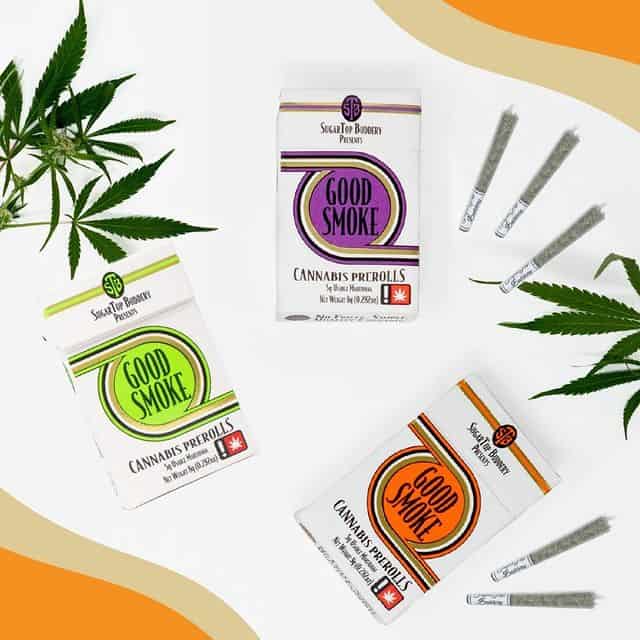

Ambitious though it sounds, the vertically-integrated company puts their ideals into practice by viewing business as more of a collaboration than a competition. Though SugarTop grows much of their top-grade flower, demand regularly outstrips supply. For Kaplan, this offers the perfect opportunity to uplift other ethical growers by distributing their product. The company offers their partners’ premium flower—alongside their own serenaded buds—in various forms, from the nugs preferred by old-school Oregonians who like to get their weed straight from the jar to pre-rolls packs of all quantities and sizes. “We’re not quite a cooperative, but we function in a way that’s mutually supportive,” says Kaplan. She mentions partners like Self Made and Mentari Farms, whose regenerative agriculture practices fit the environmentally conscious standard that SugarTop firmly maintains.
Watching the bottom fall out of the Oregon cannabis market over the last few years has only reinforced her conviction that Oregon growers have to stick together.
“We’re known as arguably the best cannabis in the world—you can go to Amsterdam and some people will say Oregon’s got the best cannabis,” she says with pride. “So it’s about keeping those legacy farmers that built this industry and set the bar.” By sticking together, they can make sure the prices stay high enough to honor the hard work of cultivation, and remind local consumers how good they have it. To that end, Kaplan has been a key organizer of an event called Tokes n’ Treats, an October cannabis crawl where prizes are handed out to customers who purchase goods from the various participating vendors. As Kaplan puts it, “It’s another way to create cross-promotion within the community, and just make that whole circle go around.”
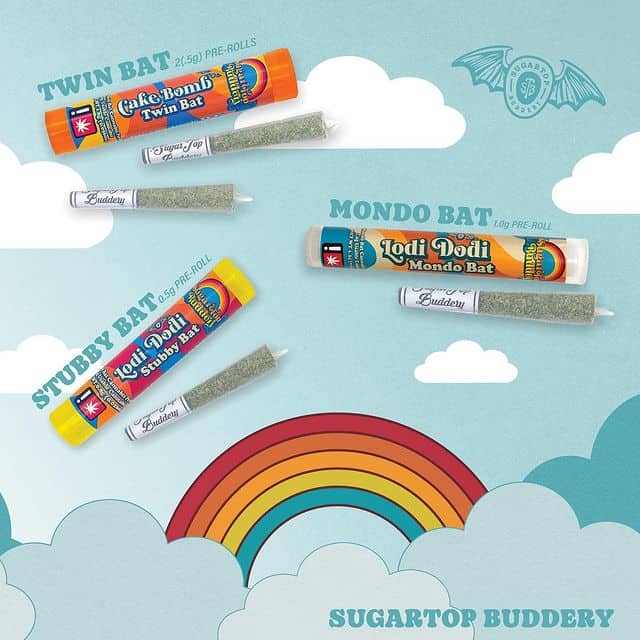
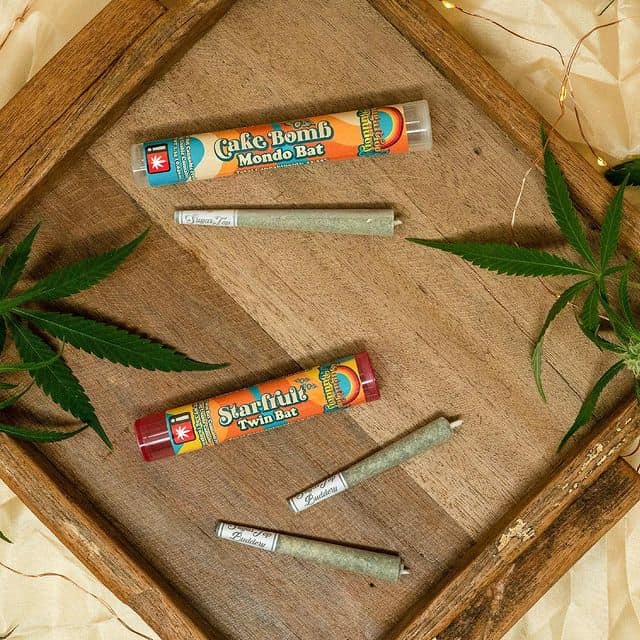
As Kaplan gave me a tour of SugarTop headquarters, she paused beside what she considers an ace up their sleeve and a way to help their community partners: a state-of-the-art machine that can roll cone joints beautifully enough to rival the most meticulous Oregon stoner. “People who don’t have access to real automation, people who don’t have teams of people who can sit and roll pre-rolls all day long, we can utilize this machinery that we have to help our greater community to have more products available,” she says.
Though Kaplan doesn’t mince words about the economic difficulties facing Oregon growers in a saturated market, she greets the associated challenges with what she calls “divine optimism”— they’re going to make it because they have to make it. “It feels to me like the easiest path forward is getting creative—we have to survive together and pool resources,” she says. “What we have is the privilege of being able to do now is use a plant to change the culture.” The SugarTop storeroom—full of fragrant flower grown by Oregon farmers with old-school ethics—adds weight to her words.





